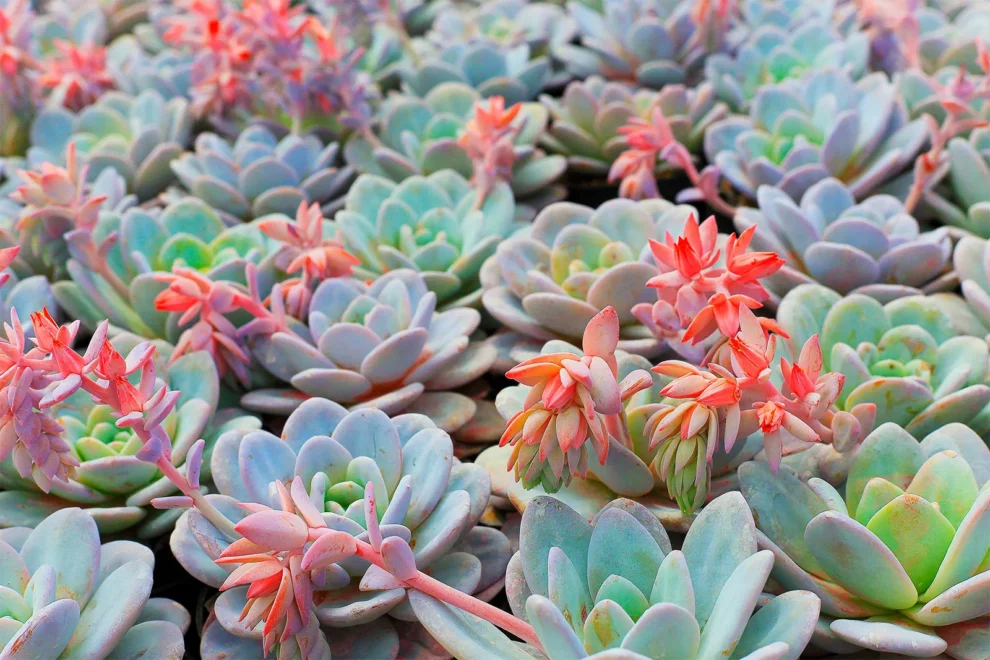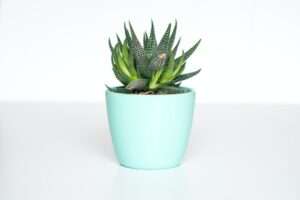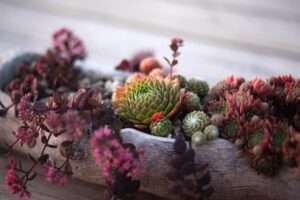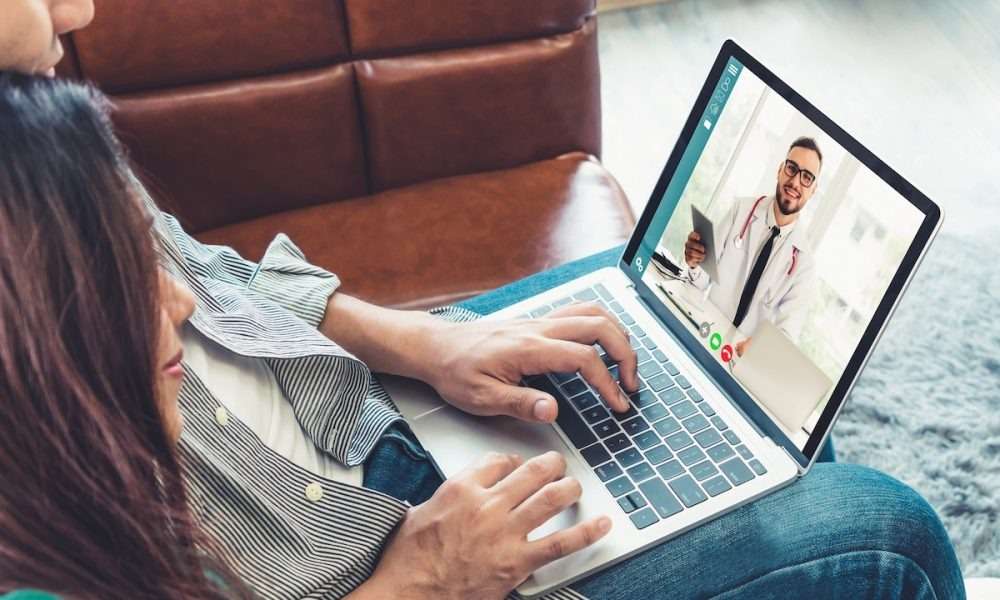 Succulents have become increasingly popular in recent years, and it’s not hard to see why. These unique plants come in a variety of shapes, sizes, and colors, making them a favorite among plant enthusiasts and collectors. Not only are they visually appealing, but they also require minimal care, making them perfect for those with busy lifestyles or limited gardening experience.
Succulents have become increasingly popular in recent years, and it’s not hard to see why. These unique plants come in a variety of shapes, sizes, and colors, making them a favorite among plant enthusiasts and collectors. Not only are they visually appealing, but they also require minimal care, making them perfect for those with busy lifestyles or limited gardening experience.
However, despite their reputation for being low-maintenance, succulents still require proper care to thrive. This includes providing them with the right amount of water, sunlight, and nutrients. Failure to do so can result in various issues, including the yellowing of leaves. In this article, we will explore the common causes of yellowing succulent leaves and provide tips on how to prevent and address these problems.
Understanding the Yellowing of Succulent Leaves
One of the most common issues that succulent owners face is the yellowing of leaves. This can be alarming, as healthy succulent leaves are typically green or have vibrant colors. However, yellowing leaves are not always a cause for concern. In fact, it is a natural part of the succulent’s growth cycle.
Succulent leaves turn yellow for several reasons. One common cause is overwatering, which leads to root rot and nutrient deficiencies. Another cause is underwatering, which deprives the plant of essential moisture. Additionally, soil issues such as poor drainage or nutrient imbalances can also contribute to yellowing leaves. Finally, environmental factors such as inadequate sunlight or extreme temperatures can affect the color and health of succulent leaves.
Overwatering: The Most Common Cause of Yellowing Succulents
Overwatering is perhaps the most common cause of yellowing succulent leaves. Many people mistakenly believe that succulents need frequent watering due to their ability to store water in their leaves and stems. However, succulents are adapted to survive in arid environments and have evolved to withstand long periods of drought.
Signs of overwatering include yellowing or translucent leaves, mushy or rotting stems, and a foul odor coming from the soil. If left untreated, overwatering can lead to root rot, which can be fatal for succulents.
To avoid overwatering your succulents, it is important to water them sparingly. Only water when the soil is completely dry, and make sure to use a well-draining potting mix. Additionally, be mindful of the watering needs of different succulent species, as some may require more water than others.
Underwatering: When Lack of Moisture Affects Your Succulent’s Health
While overwatering is a common problem, underwatering can also cause succulent leaves to turn yellow. When succulents do not receive enough water, they go into survival mode and start conserving energy by shedding their lower leaves.
Signs of underwatering include shriveled or wrinkled leaves, dry soil that pulls away from the edges of the pot, and slow growth. If left untreated, underwatered succulents can become dehydrated and eventually die.
To prevent underwatering, it is important to establish a watering routine based on the specific needs of your succulent. Most succulents prefer to be watered thoroughly but infrequently. When watering, make sure to soak the soil until water drains out of the bottom of the pot. This ensures that the roots receive enough moisture without sitting in stagnant water.
Soil Issues: The Importance of Proper Drainage and Nutrient Balance
Soil plays a crucial role in the health and well-being of succulents. Proper drainage is essential to prevent waterlogged soil and root rot. Succulents thrive in well-draining soil that allows excess moisture to escape quickly.
To ensure proper drainage, use a potting mix specifically formulated for succulents or create your own by combining equal parts of potting soil, perlite, and coarse sand. This will create a loose and airy soil mixture that allows water to flow through easily.
In addition to drainage, succulents also require a balanced nutrient supply. While they are adapted to survive in nutrient-poor environments, they still need some essential nutrients to thrive. Fertilize your succulents sparingly with a balanced fertilizer specifically formulated for succulents. Avoid over-fertilizing, as this can lead to nutrient burn and other issues.
Light and Temperature: How Sun Exposure and Climate Affect Your Succulent’s Color
Light and temperature are crucial factors that can affect the color and health of succulent leaves. Most succulents require bright, indirect light to thrive. Insufficient light can cause succulent leaves to stretch or become pale, while too much direct sunlight can lead to sunburn and leaf damage.
To provide the right amount of light for your succulent, place it near a window that receives bright but filtered light. If you notice that your succulent is not getting enough light, you can supplement with artificial grow lights.
Temperature is another important factor to consider when caring for succulents. Most succulents prefer temperatures between 60-80°F (15-27°C). Extreme temperatures can cause stress and damage to the plant. During the winter months, it is important to protect your succulents from frost and cold drafts.
Pests and Diseases: Identifying and Treating Common Problems
Like any other plant, succulents are susceptible to pests and diseases. Common pests that affect succulents include mealybugs, aphids, spider mites, and scale insects. These pests can cause damage to the leaves and stems of the plant, leading to yellowing and other issues.
To identify and treat pest infestations, regularly inspect your succulents for signs of pests, such as webbing, sticky residue, or small insects. If you notice any pests, isolate the affected plant and treat it with an appropriate insecticide or natural pest control method.
In addition to pests, succulents can also be affected by diseases such as fungal infections and bacterial rot. These diseases can cause yellowing, wilting, and decay of the plant. To prevent diseases, make sure to provide proper air circulation and avoid overwatering. If you suspect a disease, remove the affected parts of the plant and treat with a fungicide if necessary.
Transplanting: The Risks and Benefits of Moving Your Succulent
Transplanting is the process of moving a succulent from one pot to another. There are several reasons why you might consider transplanting your succulent. It could be because the current pot is too small and the plant has outgrown it, or it could be to refresh the soil and remove any potential pests or diseases.
However, transplanting can be risky for succulents, especially if not done properly. The process of uprooting and replanting can cause stress to the plant, leading to yellowing leaves or even death. It is important to take precautions when transplanting to minimize these risks.
When transplanting a succulent, make sure to choose a pot that is slightly larger than the current one. Use a well-draining potting mix and handle the plant gently to avoid damaging the roots. After transplanting, give the succulent some time to adjust to its new environment before watering.
Propagation: Tips for Growing New Succulents from Cuttings or Offsets
Propagation is the process of growing new succulents from cuttings or offsets. This is a popular method among succulent enthusiasts, as it allows them to expand their collection or share plants with others.
To propagate succulents, start by selecting a healthy plant with mature leaves. Gently remove a leaf or offset from the parent plant, making sure to leave a clean cut. Allow the cutting or offset to dry for a few days until a callus forms. Once the callus has formed, place the cutting or offset in well-draining soil and water sparingly.
Propagation can be a rewarding and fun way to grow new succulents, but it requires patience and care. Not all cuttings or offsets will successfully root and grow into new plants, so it is important to be patient and experiment with different methods.
Conclusion: Caring for Your Succulent and Avoiding Yellowing Problems
In conclusion, succulents are beautiful and unique plants that require proper care to thrive. Yellowing of succulent leaves can be caused by various factors, including overwatering, underwatering, soil issues, light and temperature problems, pests and diseases, as well as improper transplanting techniques.
To care for your succulent and avoid yellowing problems, it is important to provide the right amount of water, sunlight, and nutrients. Use well-draining soil and avoid overwatering or underwatering. Pay attention to the light and temperature requirements of your succulent and protect it from pests and diseases. When transplanting or propagating, take precautions to minimize stress on the plant.
By following these tips and addressing yellowing problems promptly, you can ensure that your succulents remain healthy and vibrant for years to come. Remember, each succulent is unique and may have specific care requirements, so it is important to observe your plants closely and make adjustments as needed. With proper care and attention, your succulents will continue to bring beauty and joy to your home or garden.
If you’re wondering why your succulent is turning yellow, you may find this article on unlocking the meaning of angel number 2525 interesting. While it may not directly address succulent care, it explores the concept of self-expression and abundance, which can be applied to nurturing plants as well. Understanding the deeper meanings behind numbers can help us connect with nature and find balance in our surroundings.

















Add Comment